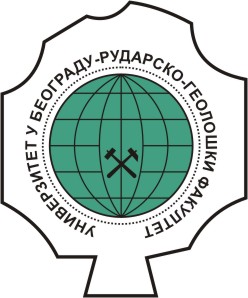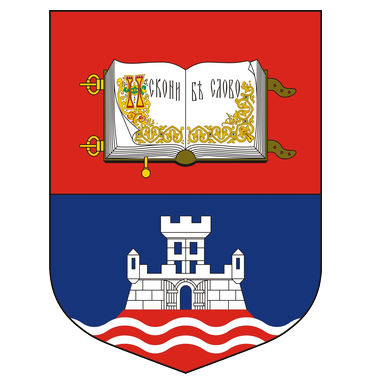Study program:
Geology (III semester -PhD)
Geotechnics (I semester -PhD) |
|
Name of subject: Determination of Paleostress Tensors |
Instructors:
Prof. Branislav Trivić |
|
Status: Optional |
|
ECTS: 10 |
|
Prerequisites: - |
Course Objectives:
The objective of the course is to present contemporary methodologies of statistical interpretation and analysis of disjunctive structural features. The results will be coupled with mathematical and statistical analysis in order to understand their geological context. |
Learning Outcomes:
After completing the course student will be able to collect data on faults, shear joints and shear-zones geometries, their attitude and kinematics. Also, they will analyze relative chronologies of discrete intermittent movements along these structures, based on observed striation or other strain indicators. Finally, the student will offer their own interpretation of the analyzed data. |
Content:
Theory teaching
Introduction to paleostress. Stress tensor matrix (mathematical background), hydrostatic and deviatoric stress. Field observation and principles of fault data collection. Criteria for data quality of collected structural data. Different approach, standard least-squares linear inversion method. Statistics in structural geology. Basic methods, advantages and disadvantages. Anderson’s method and Vallace-Bott hypothesis. Right-dihedra methods based on fault striations analysis. Mathematical background for the determination of stress tensors. Direct procedure. Iterative procedure. Determination of paleostress tensor and interpretation of the achieved results. Examples. Practical teaching
Preparation for field work. Data collection. Data processing and analysis. Introduction to work in specialized data processing software as MyFault, Tectonics FP. Analysis and interpretation of structural data collected during development of the PhD thesis. |
Suggested Reading List:
- Angelier, J. 1994:Fault slip analysis and palaeostress reconstruction (Ch. 4). Pergamon Press, Oxford, 53-100, UK.
- Analysis of Geological Structures; N. J. Price, J. W. Cosgrove, Cambridge University Press, 1991.
- Ramsay J. G., Huber., 1986-2000: The Techniques of Modern Structural Geology, Vol 1,2&3. Academic Press Limited. London.
|
Conduct of the Course:
Short lectures, guiding in collection and classification structural data in the field, suggestion concerning data systematization, discussion about achieved results, seminar papers ... |
Fund hours:
| Lectures |
Exercises |
Other forms of teaching |
Study research |
| 4 |
0 |
0 |
0 |
|
Assessment:
| Final Exam |
ECTS |
| Oral Exam | 50 |
| Classwork Assessment |
ECTS |
| Class Participationа | 10 | | Practical Classes | 20 | | Seminars | 20 |
|
|
Additional Assessment Criteria: - |
|
|










